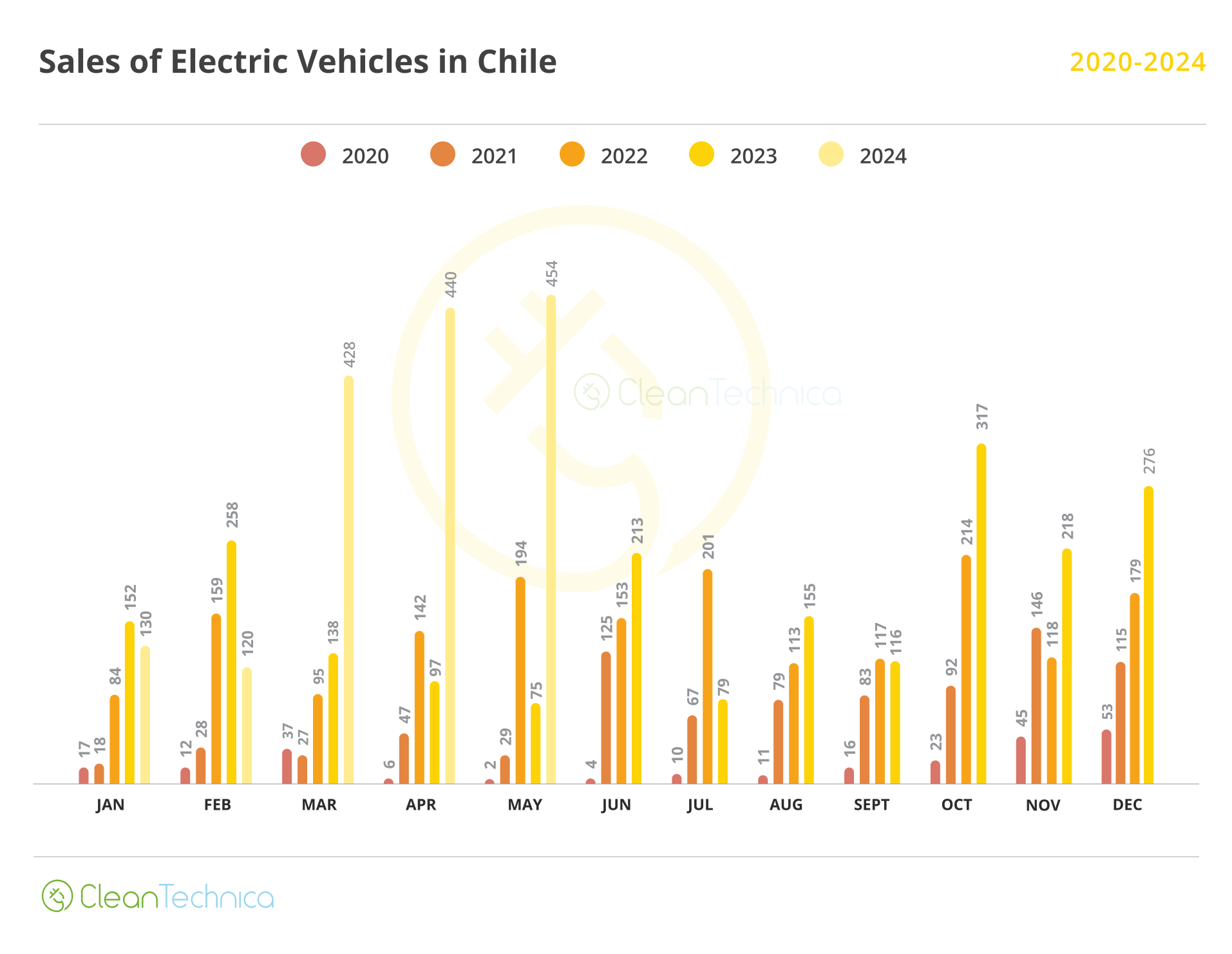- New rules make thousands more companies disclose data
- Boards allowed flexibility when calculating emissions
- Regulators expect comparability to improve over time
LONDON, Aug 2 (Reuters) – Is Ford (F.N) doing a better job of cutting emissions than rival Toyota? Is BP greener than Shell?
For investors looking to weed out climate laggards from portfolios, these are vital questions but existing guidelines on emissions reporting and new rules due to come in for the United States and Europe are unlikely to provide hard answers.
Most major Western companies use the Greenhouse Gas Protocol (GHGP) Corporate Standard for reporting emissions and the guidelines will form part of the framework for compulsory EU standards set to take effect next year.
The United States is on track to announce similar rules this year and the corporate standard, first launched in 2001 and revised in 2004, is also embedded in other international emissions reporting standards.
But the guidelines, which are overseen by the World Business Council for Sustainable Development and World Resources Institute, define the three main categories of emissions companies should report broadly, leaving plenty of room for interpretation.
Half a dozen investors interviewed by Reuters said while the GHGP has been crucial in shining a light on corporate emissions, it can be hard to compare companies given the potential for differences in disclosures, and this will remain the case to some extent even with new mandatory norms.
“More companies are disclosing, but at what quality are they actually going to disclose?” said Vanessa Bingle, director at Alpha Financial Markets Consulting, which advises asset managers on sustainable investing.
LIFETIME MISSIONS
Take the autos sector.
Although 20 of the top 30 automakers report emissions linked to their supply chains – known as Scope 3 under the protocol – analysis by research firm Signal Climate Analytics (SCA) seen by Reuters showed a range of approaches in how they disclose the data and for the assumptions underpinning their calculations.
For example, as of March 2023, only five carmakers have disclosed their assumptions for the average life of their vehicles and grams of carbon dioxide equivalent emitted per kilometre driven.
That makes comparisons problematic. An unrealistically low lifetime figure could make cars appear less polluting than they really are, SCA Executive Chairman David Lubin said.
In its 2021 public submission to CDP – a non-profit that runs the global disclosure system on environmental impacts for investors, companies and governments – Japanese carmaker Subaru said its cars run for 130,000 km (80,000 miles) over their lifetime. In 2022, it did not disclose a figure.
A search of the British version of second-hand car site AutoTrader on July 31 showed 988 Subarus for sale, of which 263, or a quarter, had done at least 80,000 miles.
Subaru told Reuters the 130,000 km figure referred to vehicles sold in Japan. For the EU, it used 162,500 km and for North America, where it books most of its sales, 228,800 km, information it has not previously made public.
A spokesperson said Subaru did not include a lifetime number in its 2022 disclosure because it wanted to avoid confusion with an incomplete description.
“We now believe it’s better to disclose the lifetime distance assumptions by region in our next disclosure (2023).”
APPLES AND ORANGES
Experts said Scope 3 emissions were the hardest of the three areas to assess as companies have to rely on data from customers and suppliers for their calculations.
SCA’s Lubin said Scope 3 data was quite limited in its usefulness without researching how firms come up with their numbers and how reasonable the assumptions underpinning their data are.
Nonetheless, many investors scrutinise carbon emissions data to gauge how polluting a company is, how it compares with rivals and how this might affect its bottom line and share price.
For Laura Kane, head of ESG research at Voya Investment Management, which is part of Voya Financial (VOYA.N) and oversees about $323 billion in assets, in many cases, it’s like comparing apples to oranges.
Kane said her firm buys third-party data from ratings providers, which aim to normalise and score the data, making it more comparable across sectors, yet this brings its own challenges. She declined to name the providers.
“There is quite a bit of variation among providers … due to inconsistent reporting from companies, as well as different estimation and aggregation methodologies.”
Only big investors have deep enough pockets to pay for such data and employ teams to assess it, leaving smaller investors at a disadvantage, experts say.
PATCHWORK OF RULES
The EU has made carbon disclosures mandatory for about 50,000 companies operating in the bloc from next year while new U.S. rules should come this year as governments look to replace a patchwork of private sector norms with binding rules, making it easier to crack down on greenwashing or exaggerated climate-friendly claims by companies.
The International Sustainability Standards Board (ISSB), a standards-setter established by the IFRS Foundation that produces international accounting norms, has also approved rules any country can adopt. Some countries, including Britain, have said those guidelines will become mandatory.
Jimmy Jia, researcher at the Oxford Smith School of Enterprise and the Environment, said as well as differences in defining what should be counted under existing GHGP guidelines, companies may use different calculation processes or present data in different ways.
“Investors need to understand if a difference is due to an operational difference, or because the entities applied different accounting methodologies,” said Jia said, co-author of a study on emissions data comparability.
Another area of investor concern is how companies account for their own energy use, or Scope 2 emissions.
The GHGP allows companies to buy green energy to offset their emissions, using contractual instruments such as renewable energy certificates, and reflect this in their reporting.
But the protocol also allows different accounting methods – market-based or location-based – to be used when companies calculate Scope 2 numbers. The market-based approach, however, may not accurately reflect how used energy was generated, potentially resulting in investors concluding a company is less polluting than it is, some investors said.
“Market-based methods open up the door to creative accounting,” British asset manager abrdn said in its response to a GHGP consultation that closed on March 14.
Of 8,400 companies to report data globally to CDP, 70% reported Scope 2 data, with 31% giving both market and location-based figures, 33% only a location-based number and 6% just market-based, CDP data shared with Reuters showed.

CONSULTATION ON CHANGES
European and U.S. regulators and officials at the ISSB interviewed by Reuters acknowledge the criticisms of GHGP but argue that the new EU, U.S. and global standards are just the start of a journey to more accurate reporting.
Best-practice, pressure from markets, and peers, along with bespoke sector disclosures, will emerge over the next five years or so to improve accuracy, as will countries requiring disclosures to be independently audited, as they do for financial reports, regulators say.
A spokesperson for the U.S. Securities and Exchange Commission declined to comment.
Pedro Faria, environmental leader at EFRAG, the EU body that drafted the bloc’s disclosure standards, said the priority was to make disclosures mandatory before improving the quality, and that they are just one piece of the puzzle.
“Ultimately, the thing that you need from (companies) is the big chunk of emissions and yes, there are methodological issues there, but also their investments, their transition plans, changes in strategy, and some of those aspects are even more important than precise carbon numbers,” Faria said.
The GHGP’s consultation on possible changes to its framework drew over 230 proposals, of which 150 were made public while the others requested privacy. Any changes would likely take effect from 2025, at the earliest, according to GHGP.
“All feedback shared during that process will be reviewed by GHG Protocol including its Technical Working Groups and will inform the scope and potential approaches to make updates to existing standards or development of additional guidance,” said Pankaj Bhatia, director of GHG Protocol.
Share This:





